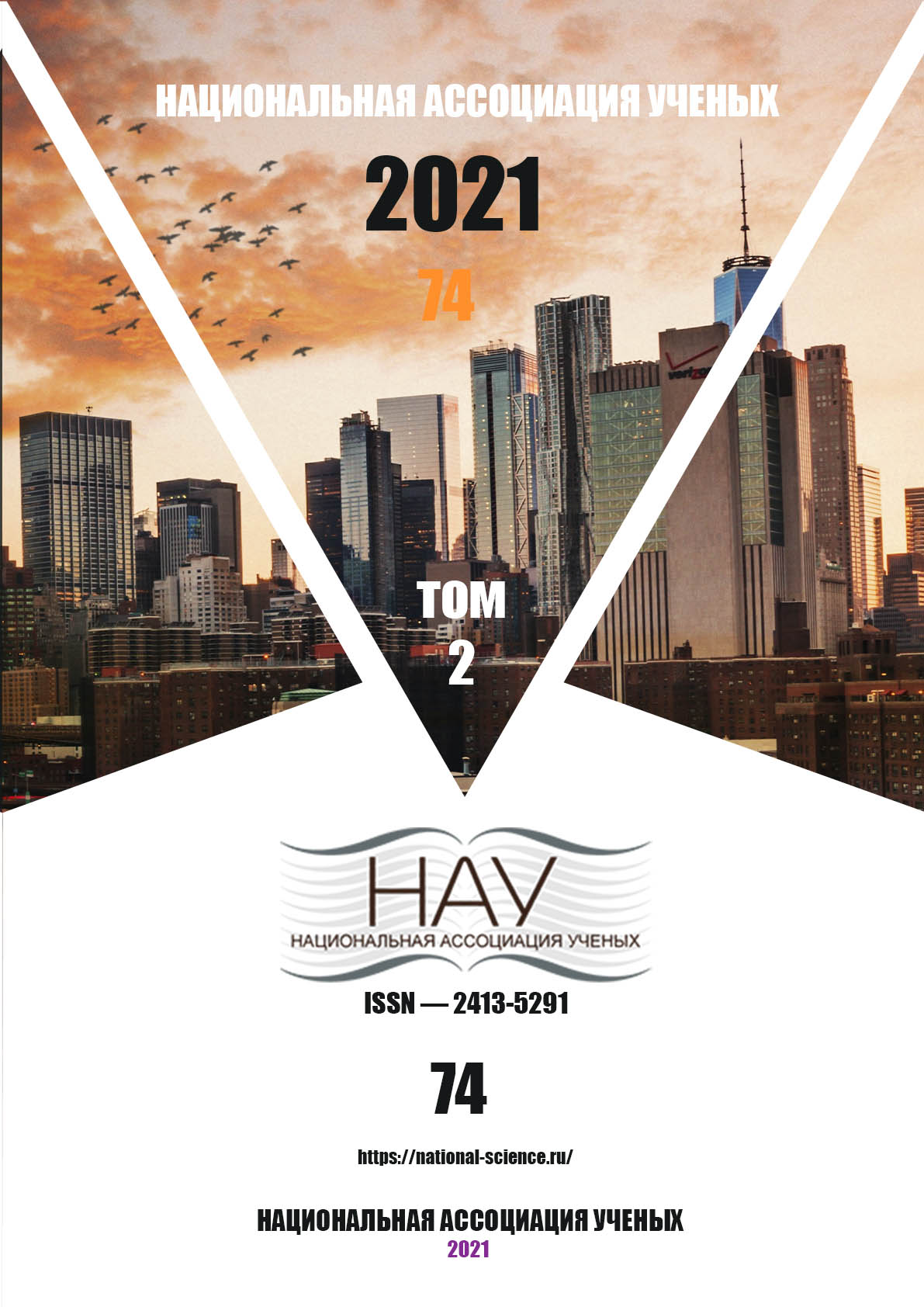NERVOUS FACTORS OF ARTERIAL HYPERTENSION PROSPECTS FOR PREVENTION AND REHABILITATION
DOI:
https://doi.org/10.31618/nas.2413-5291.2021.2.74.520Keywords:
arterial hypertension, non-drug methods of treatment, rehabilitation, spine, muscles, kidneysAbstract
The article provides a theoretical analysis of the causes of arterial hypertension, describes a three-month observation of the initial stage of the development of hypertension and experiments on non-drug normalization of blood pressure on a group of volunteers. It has been shown that arterial hypertension is associated with spastic conditions of the intervertebral muscles in the lower thoracic spine, which lead to compression of the sympathetic nerves that control the transport of water through the kidneys and disturb the balance of fluid circulation through the circulatory system. The possibility of prevention of arterial hypertension and non-drug rehabilitation of patients with this disease has been shown.
References
Kashtanov S.I. Konvergencija somaticheskoj i vegetativnoj afferentnoj impul'sacii na otdel'nyh nejronah gipotalamicheskoj oblasti mozga. – M., 1975. – S. 113 – 118.
Kashtanov S.I. Izuchenie afferentnyh funkcij gipotalamicheskih nejronov pri pressornyh i depressornyh sosudistyh reakcijah : Dis. … kand. biol. nauk. – M., 1976.
Lang G.F. Gipertonicheskaja bolezn'. – M.: Medgiz, 1946.
Oganov R.G. i dr. Bor'ba s arterial'noj gipertoniej. Doklad Komiteta jekspertov VOZ / Pod red. R.G. Oganova, V.V. Kuharchuka i A.N. Britova. – M.: Gos. NIC prof. med. MZ RF, 1997. – 139 s.
Chazov E.I. Jemocional'nye stressy i serdechno-sosudistye zabolevanija / Vestn. AMN SSSR, 1975. – №8. – S. 3 – 8.
Cherkasov A.D. https://healthsys.ru. 2020.
Guyton A.C. Textbook of Medical Physiology, 5th ed, Philadelphia-London, Saunders, 1976.
Guyton A.C., Coleman T.G., Cowley A.W., et al. A systems analysis approach to understanding longrange arterial blood pressure control and hypertension / Circulat. Res., 1974. – 159 p.
Downloads
Published
Issue
Section
License

This work is licensed under a Creative Commons Attribution-NoDerivatives 4.0 International License.
CC BY-ND
A work licensed in this way allows the following:
1. The freedom to use and perform the work: The licensee must be allowed to make any use, private or public, of the work.
2. The freedom to study the work and apply the information: The licensee must be allowed to examine the work and to use the knowledge gained from the work in any way. The license may not, for example, restrict "reverse engineering."
2. The freedom to redistribute copies: Copies may be sold, swapped or given away for free, in the same form as the original.





